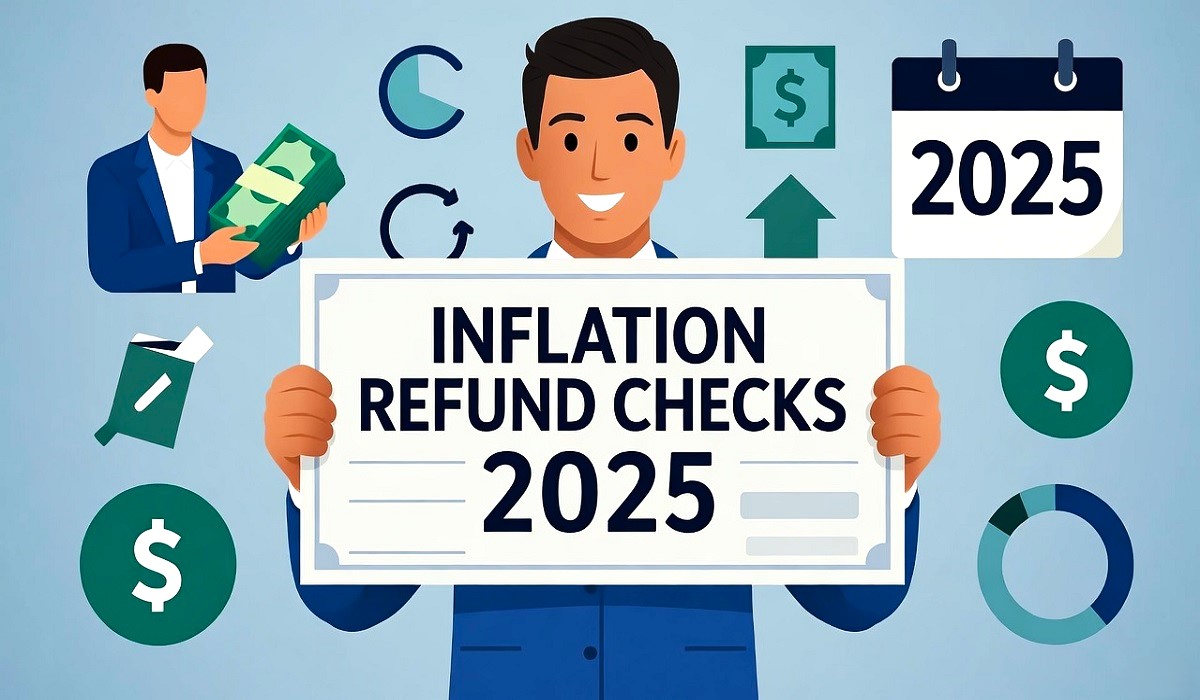Major inflation refund checks begin distribution
Starting in late September 2025, eligible residents of New York began receiving one-time inflation refund checks of up to $400, as part of a state budget relief package aimed at offsetting rising costs of living. More than 8 million households are expected to receive payments in New York alone.
Several other states have announced or implemented similar relief efforts — though the details vary significantly.
How the program works and who’s eligible
In New York, the inflation refund checks are automatic — no separate application is required. Eligibility is based on the 2023 tax return (Form IT-201) and full-year residency. The payment amounts depend on income and filing status:
- Single filers with 2023 AGI up to $75,000 receive $200.
- Single filers with AGI over $75,000 up to $150,000 receive $150.
- Joint filers earning up to $150,000 receive $400.
- Joint filers earning over $150,000 but up to $300,000 receive $300.
The payments are funded by surplus sales tax revenue, a result of inflation boosting taxable transactions.
Other states, such as California and Colorado, have distinct relief programs, although not always labeled “inflation refund.” For example, California has broader stimulus-type checks, while Colorado’s refunds are tied to its TABOR law.
Timing, delivery and what to expect
New York’s state tax department indicates that mailing of the inflation refund checks began in late September and will continue through October and November. Payments will be mailed as paper checks to the address listed on the most recent tax return. There is no option for direct deposit under this program.
Eligible residents who have moved since filing should update their address to avoid mis-delivery.
Recipients in other states may face different distributions and guidelines. In many cases eligibility thresholds and timelines still need state-specific announcement.
Why the refunds? And what it means for you
The purpose behind these checks is straightforward: inflation has pushed up consumers’ cost of goods and services, generating higher taxable sales revenue. Some states — most notably New York — have opted to return part of that surplus back to taxpayers via inflation-related rebates.
For taxpayers, this means an unexpected one-time payment that does not replace regular tax refunds or establish new recurring entitlements. It is crucial to understand the difference between these state checks and previous federal “stimulus checks.” No new federal payment of this kind is currently slated.
The impact:
- For lower and middle-income residents in eligible states, the payment offers modest relief amid rising costs.
- Consumers outside participating states will see no such automatic payment.
- Workers and households should avoid scams claiming to require registration or extra fees for “inflation refund checks.” Some states, including New York, have issued warnings about fraudulent outreach.
FAQs
Eligibility varies by state. In New York, you must have been a full-year resident in 2023, filed a 2023 Form IT-201, not be claimed as a dependent, and have income within specified thresholds.
In New York, payments range from $150 to $400 depending on filing status and income. Single filers can receive $200 or $150; joint filers can receive $400 or $300.
In states like New York, no application is required — the refund check is automatic if you meet the criteria. For other states, rules may differ, so check your state’s tax department website.
As states continue to deploy inflation relief measures in 2025, the term inflation refund checks has become an important keyword for consumers tracking state-based payments. If you reside in a participating state, verify your eligibility and survive the mailing window – and remember: no extra action often means relief is already on the way.









